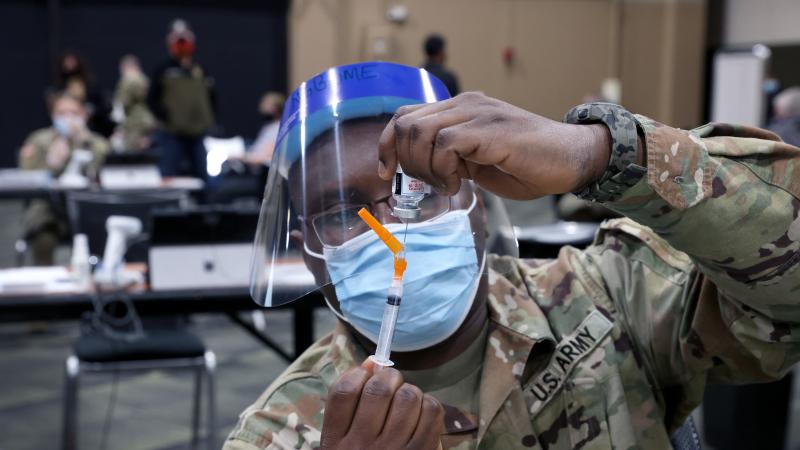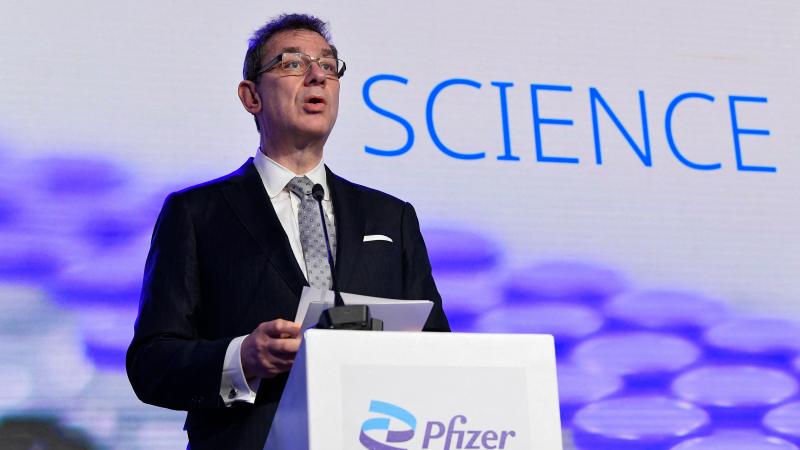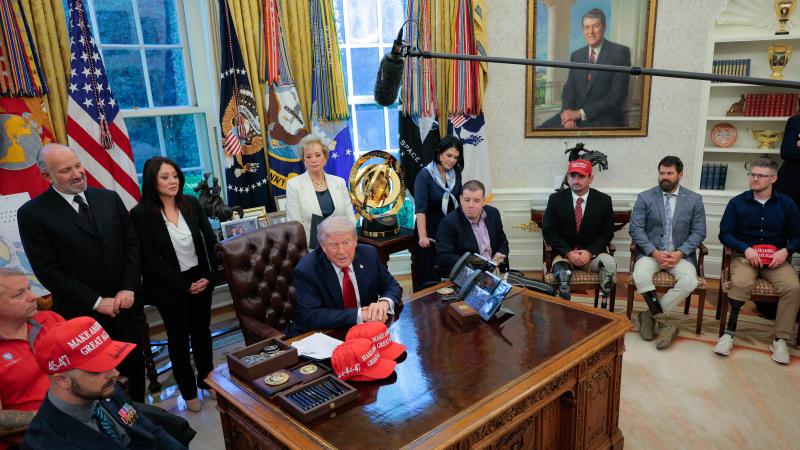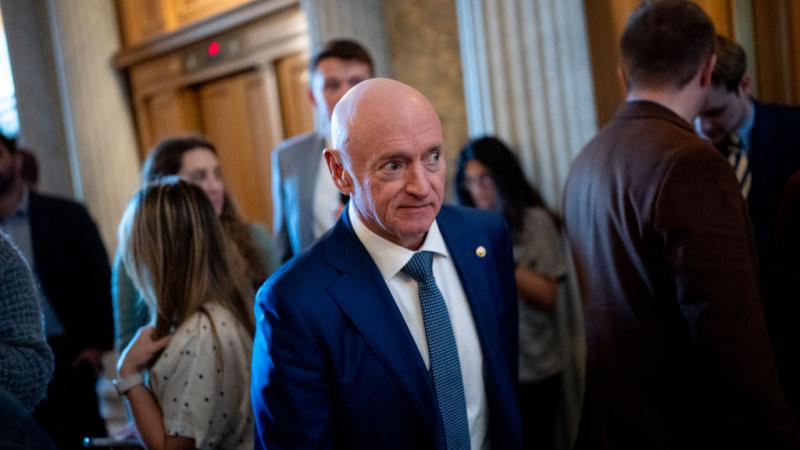Long COVID questioned: Study of young people links symptoms to lack of exercise, 'loneliness'
Near-identical "prevalence" rate for 12-25 year-old Norwegians regardless of infection, peer-reviewed paper finds. Slew of research questions NIH pursuit of biological causes for vaguely defined condition.
Symptoms attributed to "long COVID" may have nothing to do with the coronavirus infection in adolescents and young adults, according to a new peer-reviewed study that calls into question massive federal outlays for research into the largely self-reported condition marked by fatigue, shortness of breath and brain fog.
Published Thursday in the Journal of the American Medical Association Network Open, the "prospective cohort study" tracked hundreds of Norwegians ages 12-25, not hospitalized, who underwent extensive examinations when they were tested for COVID and then again at a six-month followup.
Norwegian, Swedish, British, Chinese and Australian researchers found little difference between infected and uninfected individuals who met the World Health Organization's definition for "post-COVID-19 condition," the international name for long COVID, at the six-month followup.
The "prevalence" rate for the infected group was 49%, and for the uninfected group, 47%. The mean age for both was about 18.
"PCC was not associated with biological markers specific to viral infection, but with initial symptom severity," the strongest risk factor, "and psychosocial factors" including "low physical activity" and "loneliness." Severity correlated with "personality traits," the researchers found.
The study echoes "retrospective cohort studies" cited in a recent Slate review that found long-COVID symptoms are far less common, durable or severe than often portrayed by federal officials and activists, and aren't necessarily tied to infection or worse than other post-infection conditions.
Once feared as a "mass disabling event," long COVID had no discernible effect on disability claims in the first two years of the pandemic, science journalist Jeff Wise wrote. It formed the basis of only a few successful claims a month to the New York State Insurance Fund after hundreds of approvals in spring 2020.
Wise faulted an early and influential University of Washington study that estimated a 30% rate of "persistent symptoms" based on a questionnaire sent to adult patients three to nine months later. Survey-based approaches may suffer from selection bias and document symptoms that predate infection, he wrote.
"Up to" 30% is also the uncredited estimate cited by the Solve Long COVID Initiative, part of a nonprofit that raises money to study post-infection illnesses.
In an August video featuring elderly and young adults and children, that nonprofit called long COVID a "physical disorder" that "causes crippling fatigue that may last a lifetime." Showing its influence with federal officials, the initiative nabbed the CDC's Elizabeth Unger, chief of chronic viral diseases, for its webinar last week.
The CDC published an even higher estimate: 36% in a study of George Washington University that lacked a control group and was not peer-reviewed. The agency claimed the general population figure could be as high as 80%.
Congress gave federal agencies a vested interest in portraying long COVID as a unique threat. Lawmakers appropriated $1.15 billion for the National Institutes of Health in December 2020 to study "the prolonged health consequences of SARS-CoV-2 infection," then-NIH Director Francis Collins said when making the first series of "Research Opportunity Announcements" two years ago.
Among the topics to be studied: "the underlying biological cause of these prolonged symptoms." Collins said NIH expected the research to "enhance our knowledge of the basic biology of how humans recover from infection" for both COVID and other "chronic post-viral syndromes."
NIH didn't respond to Just the News queries about the implications of the JAMA Network Open study and long COVID research reviewed by Slate.
The new JAMA Network Open study sought to identify factors behind both long COVID and a subset of clinically "sparse" cases it calls "post-infective fatigue syndrome," which previous studies have found in "the aftermath of a wide array of infectious diseases" at a rate of 10-15%.
PIFS has a more specific international definition than does long COVID, the researchers said, and they found a correspondingly lower rate of PIFS: 14% in the positive group and 8% in the negative.
Most symptoms had overlapping confidence intervals between the two groups, though "some dimensions of fatigue and ear-nose-throat symptoms were more common" among those with documented infections, according to the paper. Crucially, "SARS-CoV-2 status was not associated with either PCC or PIFS at 6 months."
Though females were more than 60% of both positive and negative groups, and they especially dominated the 18-25 age group, female sex disappeared as a risk factor in "multivariable modeling" because it correlated with symptom severity, the study found.
The researchers concluded that PCC-associated symptoms are already "common in the general population" of young people, who suffered a "significant increase in mental distress" during the pandemic. Such "nonspecific stressors" that apply regardless of prior infection "should be considered when societal countermeasures against infection outbreaks such as lockdowns are implemented."
University of California-San Francisco epidemiologist Vinay Prasad, whose recent meta-review of long COVID studies found they "often lack an adequate comparison group and often do not control for potential confounders," was struck by the correlations between several variables in the study.
"What you can see is that the fatigue and neuroticism and emotional maladjustment and loneliness and depression are all linked" when they are plotted out, Prasad wrote in his Friday newsletter. "What you also see is that none of this has anything to do with prior COVID19."
The study shows how "problematic vague, highly-inclusive long covid case definitions are" and the essentiality of "appropriate control groups," according to his UCSF colleague Tracy Beth Hoeg, a Danish-American epidemiologist who has long touted Scandinavia for rigorous COVID research.
British pediatric infectious diseases researcher Alasdair Munro said the takeaways from long COVID research are that "control groups are VITAL," current definitions are faulty and "significant additional morbidity post COVID in children" is so rare it's hard to study.
Corresponding author Joel Selvakumar, a pediatrician at Akershus University Hospital, responded to critics on Twitter by agreeing "this is not a conclusive" study of long COVID or broadly applicable to the general population.
His international team nailed down infection status by doing both PCR testing and antibody screening at baseline and 6 months, and contextualized the PCC findings with the "stricter" PIFS criteria, which exposed "a clear difference in prevalence straight away," Selvakumar wrote.
"The strength of this design is to enrol[l] from point of testing," which is inexplicably missing from previous research and its "obsession with billing codes and databases," he said. "Why am I sitting here in tiny [Norway] doing this?"
The Facts Inside Our Reporter's Notebook
Videos
Links
- Journal of the American Medical Association Network Open
- recent Slate review
- early and influential University of Washington study
- Solve Long COVID Initiative
- August video
- for its webinar last week
- study of pricey George Washington University
- first series of "Research Opportunity Announcements"
- meta-review of long COVID studies
- Prasad wrote in his Friday newsletter
- Tracy Beth Hoeg
- Alasdair Munro,
- responded to critics
















